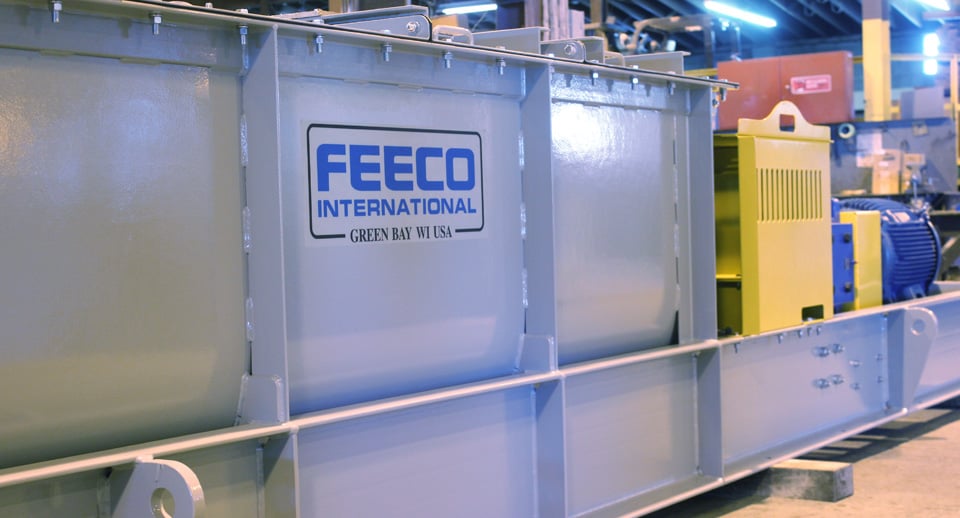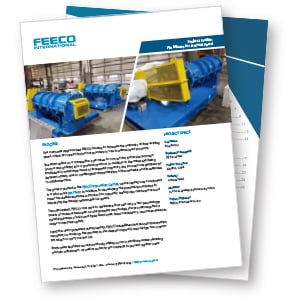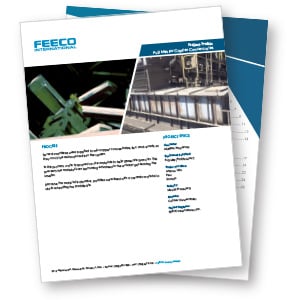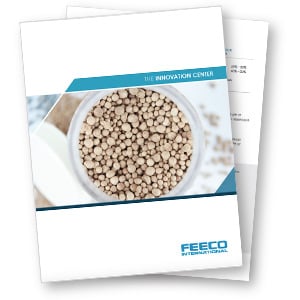FEECO continuous mixers offer an ideal solution for homogeneously mixing and blending solid and liquid feed components into uniform bulk solids mixtures according to the unique specifications of the process industries.
Our mixing technology is used throughout a wide range of settings to mix, condition, de-dust, and even agglomerate powders and sludges for improved density, flowability, transportation, handling, and application. Our continuous mixers also serve as an engineered alternative to ribbon mixers and mixing screws, offering significantly improved blending of solid and liquid components.
Why Choose A Continuous Mixer?
Continuous mixing offers a number of advantages, making it a highly effective approach, particularly in operations requiring a high throughput and short residence time. Advantages include:
Greater Product Uniformity
In a continuous mixing process, material is continuously fed and discharged, so the entire production run is carried out in continuity. This leads to improved product uniformity due to the elimination of the “head” and “tail” sections associated with batch-to-batch variation.
Smaller Equipment Footprint
Because material is continuously moving through the unit, a continuous mixer does not need to accommodate the space requirements of an entire batch of material at once, so the mixer can be smaller. Material storage requirements are also typically less for continuous operations.
Increased Production Capacity
The continuous processing of material without the necessary stops associated with batches reduces the overall time required to reach production goals, allowing more product to be produced in the same amount of time. Similarly, producers who switch to a continuous line often see a reduction in labor requirements. Combined, this can lead to lower operating costs.
Automation
Continuous mixing also facilitates the integration of a controls system. Mixers are easily automated with various data points being tracked and displayed on a human machine interface (HMI), even allowing for real-time adjustment.
Within our extensive line of processing equipment, we offer two primary types of continuous mixers, each with highly customizable configurations for accommodating different product goals and production capacities. All FEECO mixers feature heavy-duty construction and are backed by more than 70 years of experience.
PIN MIXERS
Pin mixers are a type of medium-shear mixer ideal for incorporating a liquid binder or minor liquid additive into ultra-fine materials to achieve a homogeneous blend.
Pin mixers utilize a high-speed rotating action to mix and densify particles into rough or free-flowing agglomerates. They are widely employed in de-dusting and agglomerating carbon black and coal, as well as a variety of materials in the chemical industry.
PUGMILL MIXERS
Also known as paddle mixers or pug mills, pugmill mixers are another type of medium-shear mixer. Pugmill mixers offer more gentle, high-torque mixing action compared to pin mixers, imparting a kneading and folding motion on the material to homogeneously mix solid and liquid feed materials. They can be used with a wide variety of materials and are especially valued in mixing operations working with challenging materials that require a heavy-duty solution; pugmill mixers have become essential in processing copper concentrates, as well as steel mill by-products, and even digested dairy manure.
For additional information in selecting the appropriate mixer for a given application, see Choosing an Industrial Mixer: Pin Mixers vs. Paddle Mixers.
Both types of mixers can be used as stand-alone units, or as the preconditioning step in larger agglomeration/granulation setups. All FEECO mixers are designed around the unique characteristics of the material to be processed in order to produce the best possible solution.
TESTING
The FEECO Innovation Center is a unique process engineering facility where we can test pin and pugmill mixers at batch and pilot scale to determine which type of mixer will best suit the application at hand, as well as work out variables in process design and scale-up. This includes defining:
- Requirements for a continuous mixing process (solid and liquid feed rates, etc.)
- Parameters necessary to consistently achieve complete mixing (residence/retention time, agitator design, etc.)
- Configuration needed to generate optimum product quality (spray locations, nozzle types, etc.)
Formulation and binder can also be assessed as part of the testing process.
Parts & Service
In addition to engineering and manufacturing custom continuous mixers for hundreds of applications, we can also provide an array of parts and service support to help keep your pin mixer or pugmill mixer running its best. This includes:
- Annual inspections
- Process and equipment audits
- Routine maintenance and field services
- Spare parts
- Training programs
RESOURCES
PROJECT PROFILES
MIXER ARTICLES
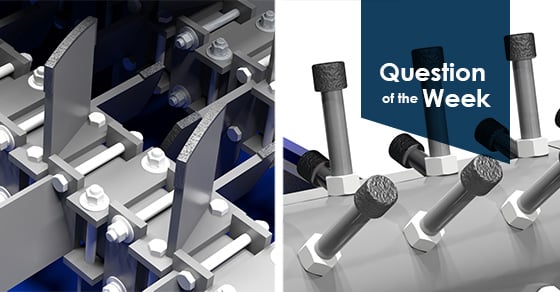
What’s the Difference Between a Pin Mixer and a Pugmill Mixer?
Pin mixers and pugmill mixers are industrial mixing devices with each offering their own distinct advantages and capabilities. Oftentimes, the material …
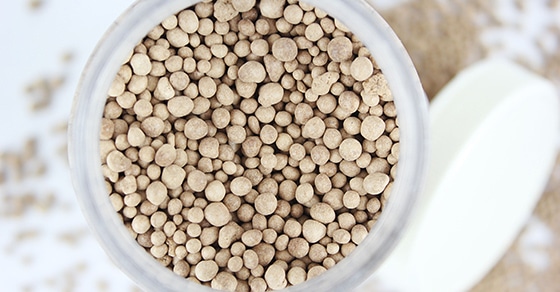
Controlling Particle Size through Agglomeration
The ability to control the sizing of bulk solids has become a critical aspect to the success of many processes and …

